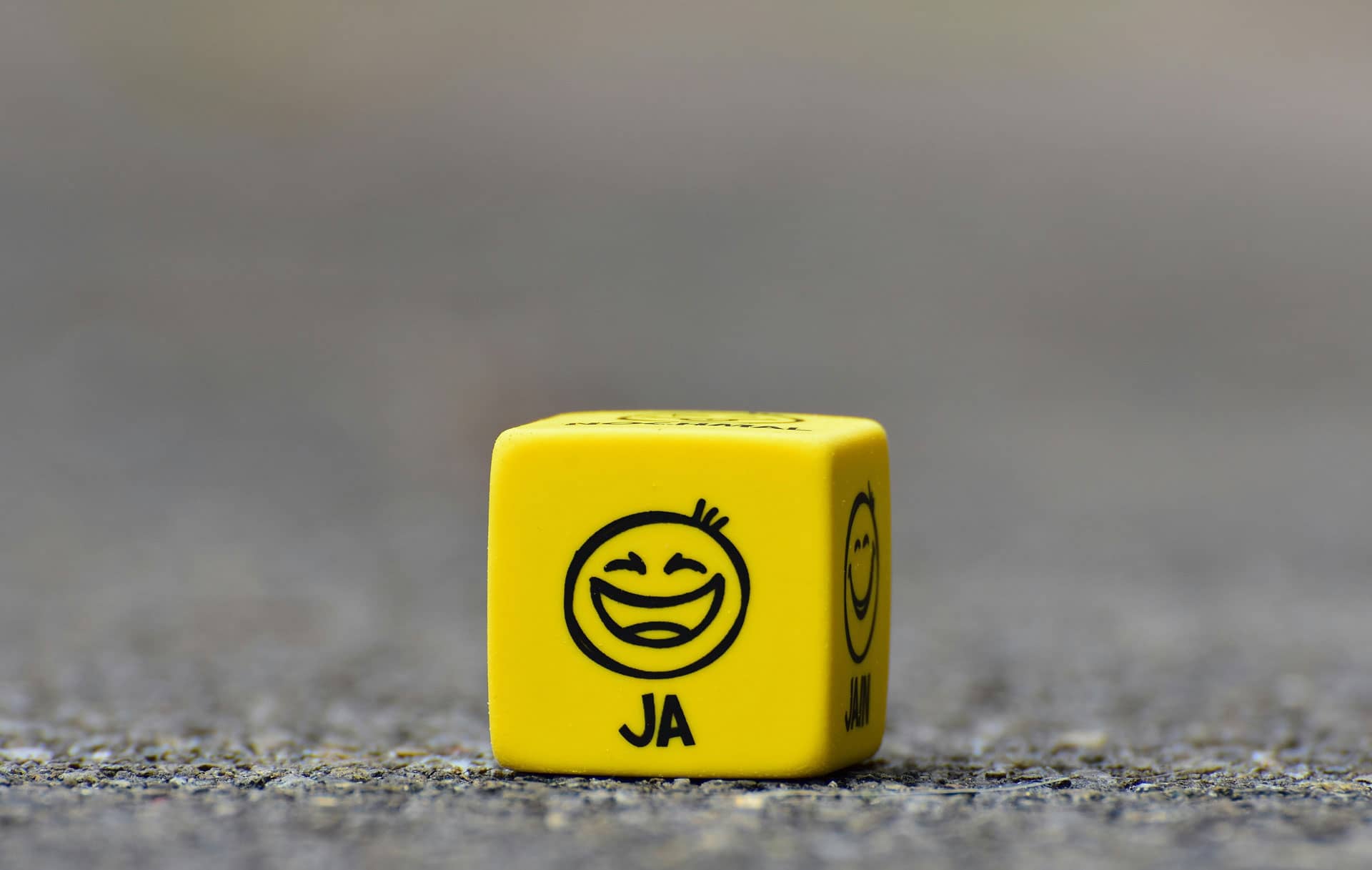Every single one of us can remember a time when we wished we had taken a few more seconds to think before we reacted. Experiences like this are part of the human condition. They’re regrettable yet inevitable. However, it’s not inevitable that this trend becomes the norm.
Isolated incidents are one thing. But if you are regularly wishing you had more space between your feelings, thoughts, and your reactions, you may have to take some action and work on improving your emotional regulation.
What Is Emotional Regulation?
All-day long, we are confronted with events, experiences, interactions, and thoughts with the power to provoke emotions. We can act without thinking, we can repress our feelings, or we can use emotional regulation skills to modify our response depending on each set of circumstances. These modifications make forms like:
- Trying to see the situation differently (re-framing)
- Focusing on positive thoughts
- Soothing ourselves
Studies have found that people who practice effective emotional regulation skills experience less anxiety and/or depression.
Some of the Many Impacts of lack of Emotional Regulation skills might be:
- Conflict at home, work, and school
- Inability to connect with others at a deeper level
- Poor response to emotional triggers can cost relationships, careers, friends, and even freedom
4 Ways to Put More Space Between Your Feelings and Your Reactions
1. Understand What Is and Isn’t Under Your Control and Practice Acceptance
This priority is primary. Almost every single time, the emotional trigger is beyond your control. It might be traffic or rudeness or any type of annoyance. What is under your control is your reaction. Identifying this reality grants you the freedom to aim your focus on what you can change. It doesn’t mean you won’t experience frustration. But it can make a huge difference in how you perceive that frustration.
2. Keep Track of Your Cues and Responses
Keep a regular journal. Monitor what cue triggers an emotional reaction from you and how you respond to them. This may empower you to start avoiding or preventing some issues or confrontations. Over time, it can expose previously unseen patterns. Your journal will also be very, very useful in therapy sessions.
3. Develop Healthy Forms of Expression
Suppressing our emotions may temporarily quash a potential outburst or conflict. In the long-term, it will cause you a different kind of damage. Seek out healthy, positive ways to express your emotions. Again, a journal may help. Joining a support group can be beneficial. Individual therapy (see below) is also an excellent choice.
4. Practice Mindfulness
This doesn’t have to always mean something like meditation or breathing exercises. Mindfulness in action may look like simply you focusing on the present moment while talking a walk, running, going to the beach. When someone or something pushes your buttons, there may be nothing more powerful than the ability to pause for a few seconds. Mindfulness practice teaches us to seek out those pauses.
When It’s Time to Ask For Help
There will be some people for whom much more is needed. Working with a can help you discover and explore thought patterns and behaviors you wish to change. Even in a time of turmoil and uncertainty, video therapy sessions are a proven, effective option. Please reach out for a consultation, we are here to help.

